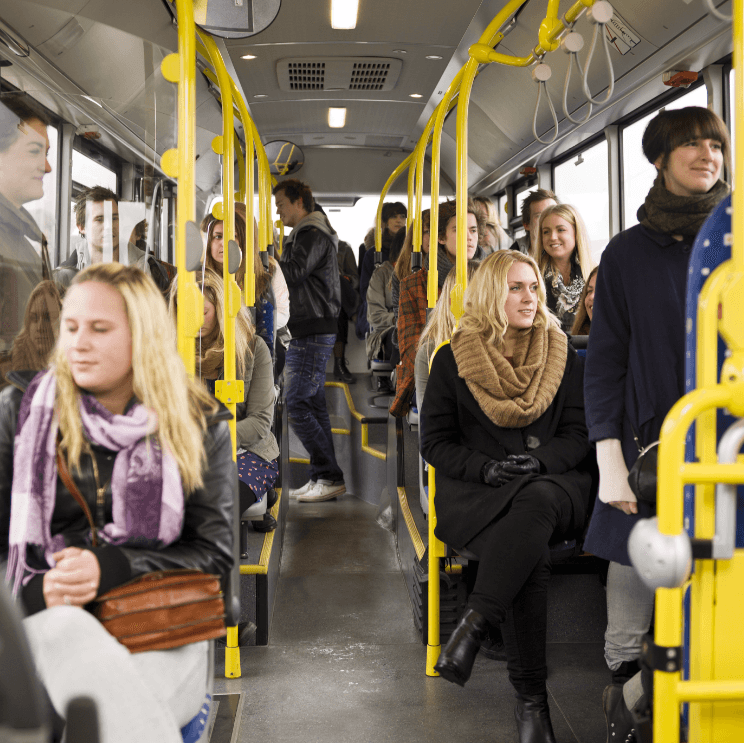
blog: What's in store for the future of rural public transport?
Wednesday 18th September 2019
There is much discussion on urban and long-distance travel. Rural public transport is often ignored, being viewed by many as irrelevant because of the dominance of the car in rural areas. However, it is vital that we continue to consider rural public transport, as needs still exist. Indeed, considerable amounts of public money are spent on providing various types of passenger transport service in rural areas, including home to school transport and non-emergency patient transport. However, these are only available to certain groups of people for particular types of journey.
Underlying issues
The difficulty is finding ways of serving rural areas with publicly-available transport. New types of on-demand transport are being establishing in urban areas, where they have a chance of commercial success. Finding the best solution for rural areas is more challenging, given the sparsity of population, dispersed demands and longer travel distances to access facilities and services. It is impossible to have sufficient transport supply in rural areas to offer the same levels of on-demand transport as might be achievable in urban areas. However, forms of responsive, flexible transport will surely be part of the solution because of their ability to go where the demand exists.

With the challenges involved in serving rural areas, there is a need for a greater range of options and innovation. This will include a mix of conventional and more informal transport solutions, including community transport and volunteers, car clubs and lift-giving. To be achievable, different forms of transport will need to be integrated, ensuring effective use of vehicles and resources. This will also ensure rural transport remains affordable to users.

Technology will certainly play a part in these integrated approaches, providing the means to inform people about the services on offer and for them to book onto services. However, it’s not just about technology – vision and leadership are needed for rural public transport to ensure things go in the right direction and are co-ordinated. Both at national and local government levels there must be acceptance of the need for the provision of basic standards of public transport in all areas. There also needs to be recognition that rural public transport will always need subsidy.
Changing the approach to rural public transport
A holistic approach, coupled with centralised planning and commissioning of services is needed, whereby different needs and demands are considered together to create a critical mass and ensure effective deployment of resources. Ultimately, the demand for, and supply of, public transport in rural (and urban) areas needs supportive policies involving greater restraint on private transport and concerted efforts to create the best conditions for public transport to flourish.
In summary, key requirements to ensure the future provision of rural public transport are, in my view, as follows:
- Political acceptance that rural dwellers deserve to have public transport available to them.
- Acceptance that rural public transport, in any shape or form, will require subsidy.
- A co-ordinated ‘total transport’ approach will ensure the best use of publicly-funded resources overall.
- Centralised planning of services will be necessary to support the total transport approach and may be aided by using the franchising powers under the Bus Services Act 2017.
- Flexible approaches, using a range of different service models and types will be needed, tailored to the specific needs and opportunities of each area.
- Communities should be fully engaged at all stages, articulating their needs and working with agencies on the development of solutions.
If you'd like to find out how ITP can support rural public transport projects, please get in touch.
